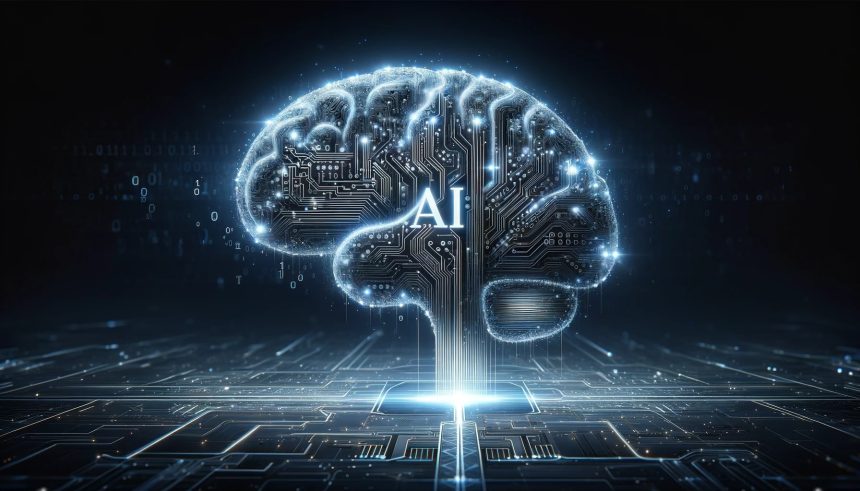Recent trends in the American workforce indicate that early-career professionals are bearing a disproportionate burden from the spread of generative artificial intelligence. These changes are affecting not only career trajectories but also shaping choices potential employees make about skill development and education. A growing sense of uncertainty surrounds university graduates as they try to anticipate industries most resilient to automation, while companies and policymakers debate how to manage transitions in the job market. With data-driven insights from payroll systems, researchers are offering a clearer view of how technology like OpenAI’s ChatGPT is influencing labor demand at a granular level.
Reports published over the past year highlighted the rapid adoption of generative A.I. tools in sectors heavily reliant on repetitive or codified tasks, with speculation about broad workforce impacts but limited empirical evidence. Earlier analyses often relied on job posting trends or qualitative forecasting, which lacked comprehensive employee-level data. The latest findings by Stanford researchers provide a quantitative dimension, drawing on payroll records and distinguishing trends by age and job category. These differences sharpen the picture of who is most affected, contrasting with more generalized prior warnings.
How Are Job Losses Distributed Across Age Groups?
Stanford University’s Digital Economy Lab identified a significant employment decline among workers aged 22 to 25 in occupations with high exposure to generative A.I. According to their study spanning late 2022 to July 2025, early-career employment in fields such as software development and customer service dropped by 13 percent, with nearly a 20 percent decrease observed for software developers alone. In comparison, roles with lower A.I. exposure, including nursing aides, remained stable or saw workforce expansion.
Do Experienced Workers Face Similar Risks?
The findings indicate that more experienced professionals have not faced comparable job losses, and some areas have even recorded increased employment for seasoned workers. The research suggests “tacit knowledge” acquired through prolonged experience proves more resilient to automation by A.I. systems, which primarily replicate explicit, codifiable information. Stanford researcher Bharat Chanda noted,
“What really jumped out quickly as we were doing the analysis was we were seeing these big differences by age group.”
This points to a labor market gap where early-career workers face unique vulnerabilities.
Where Does A.I. Augment Rather Than Replace Jobs?
Employment reduction is mainly evident in positions where artificial intelligence can fully automate processes without ongoing human supervision. Conversely, roles in which A.I. supports or augments workers—helping them learn or enhance performance—saw employment gains, even among less experienced staff. Chanda commented on this distinction:
“In the jobs where it’s most augmentative, we’re not seeing these employment declines and in fact, we’re seeing employment growth—even for the young workers.”
The manner in which businesses implement A.I. appears to critically shape outcomes for different segments of the workforce.
The report also notes a deceleration in higher education enrollments for computer science after years of strong growth. Between 2005 and 2023, enrollments had quadrupled, but this year the increase slowed to just 0.2 percent. This shift reflects growing perceptions of risk in A.I.-exposed occupations among young people planning their careers.
When analyzed alongside previous research, these results highlight a common pattern: emerging technologies initially cause labor disruptions, often impacting workers at the start of their careers before new roles and industries emerge. Unlike past technological upheavals, generative A.I.’s rapid scaling and capacity to automate knowledge work present new challenges for both workers and policymakers. For employees, focusing on acquiring skills not easily codified—such as complex problem-solving, interpersonal abilities, and industry-specific tacit knowledge—may prove advantageous. Organizations should consider using A.I. as a tool to augment rather than completely replace human workers, maximizing the strengths of each. Policymakers and educational institutions would be prudent to anticipate further shifts and support adaptive education and training programs tailored to workforce needs. Ongoing monitoring of employment trends as A.I. adoption deepens will be crucial for informed decision-making by all stakeholders.










